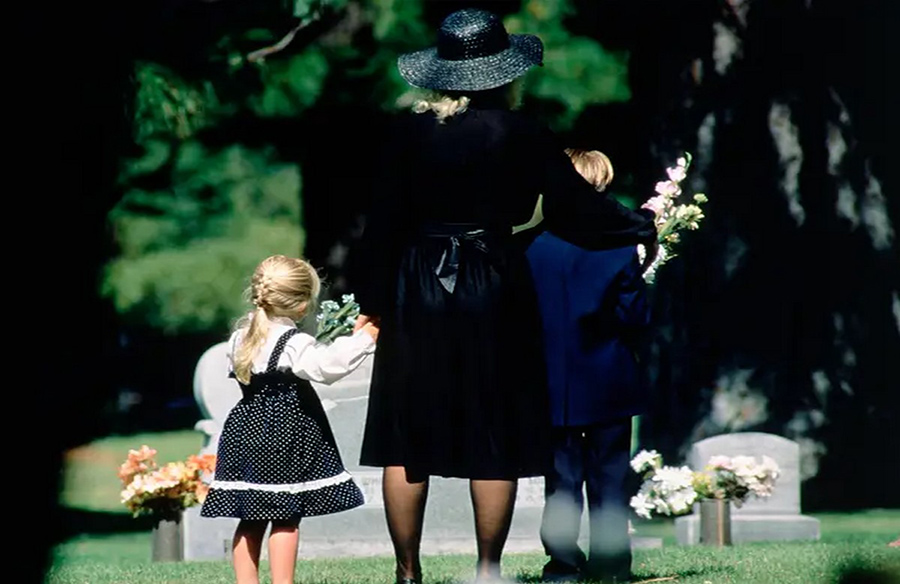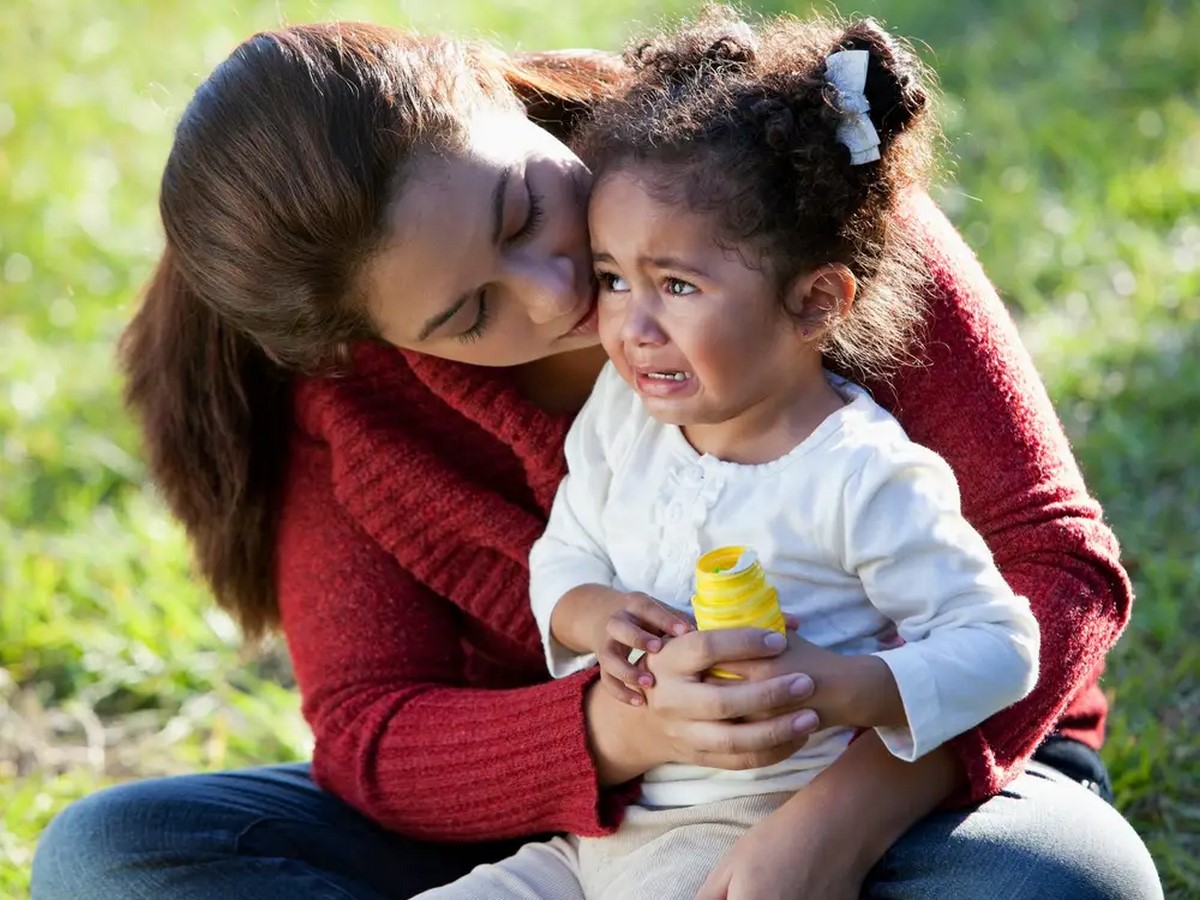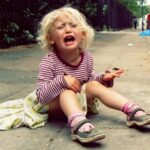
Global Burden of Depression
With 264 million individuals worldwide grappling with depression in 2020, as reported by the World Health Organization (WHO), the prevalence of this mental health condition has reached alarming levels. Contrary to popular belief, depression can affect children as young as three or four years old, underscoring the urgency of understanding and addressing this issue.
Challenges in Recognizing Childhood Depression
Recognizing depression in children poses a significant challenge due to the differences in symptom manifestation compared to adults. Dr. Michael Schulte-Markwort, a renowned specialist in child and adolescent psychiatry, highlights the evolving nature of depressive symptoms as children grow older. While older children may articulate feelings of sadness and hopelessness akin to adults, younger children often exhibit behaviors such as unexplained aggression, temper tantrums, and a loss of interest in activities.

Early Signs and Symptoms
Depression in children can manifest through various symptoms, including changes in behavior, sleep disturbances, altered eating habits, and physical complaints like stomach aches or headaches. Moreover, expressions of affection that deviate from a child’s typical behavior may also serve as indicators of underlying depression. However, the challenge lies in differentiating between normal developmental behaviors and those indicative of depression, emphasizing the importance of keen observation and parental intuition.
Contextual Factors and Triggers
Understanding the context in which a child’s behavior occurs is crucial in identifying potential triggers for depression. Dr. Schulte-Markwort distinguishes between reactive and endogenous depressions, with the former often stemming from external stressors such as family conflicts, neglect, or traumatic events. Each child’s response to adversity is unique, influenced by factors such as personality traits, familial support, and past experiences.

Treatment Approaches
Treatment for childhood depression typically involves a multimodal approach, with psychotherapy and play therapy being primary interventions. Medication may be considered in certain cases, although Dr. Schulte-Markwort emphasizes the cautious use of pharmacotherapy, particularly in younger children. The goal is to address underlying psychological distress while minimizing potential risks associated with medication use.
Conclusion
Recognizing and addressing childhood depression requires a comprehensive understanding of developmental psychology, familial dynamics, and individual resilience factors. By fostering open communication, promoting emotional literacy, and seeking timely intervention, parents and caregivers can support children’s mental well-being and pave the way for healthier futures. As awareness grows and stigma diminishes, the path towards effective prevention and treatment of childhood depression becomes increasingly attainable.













Leave a Reply